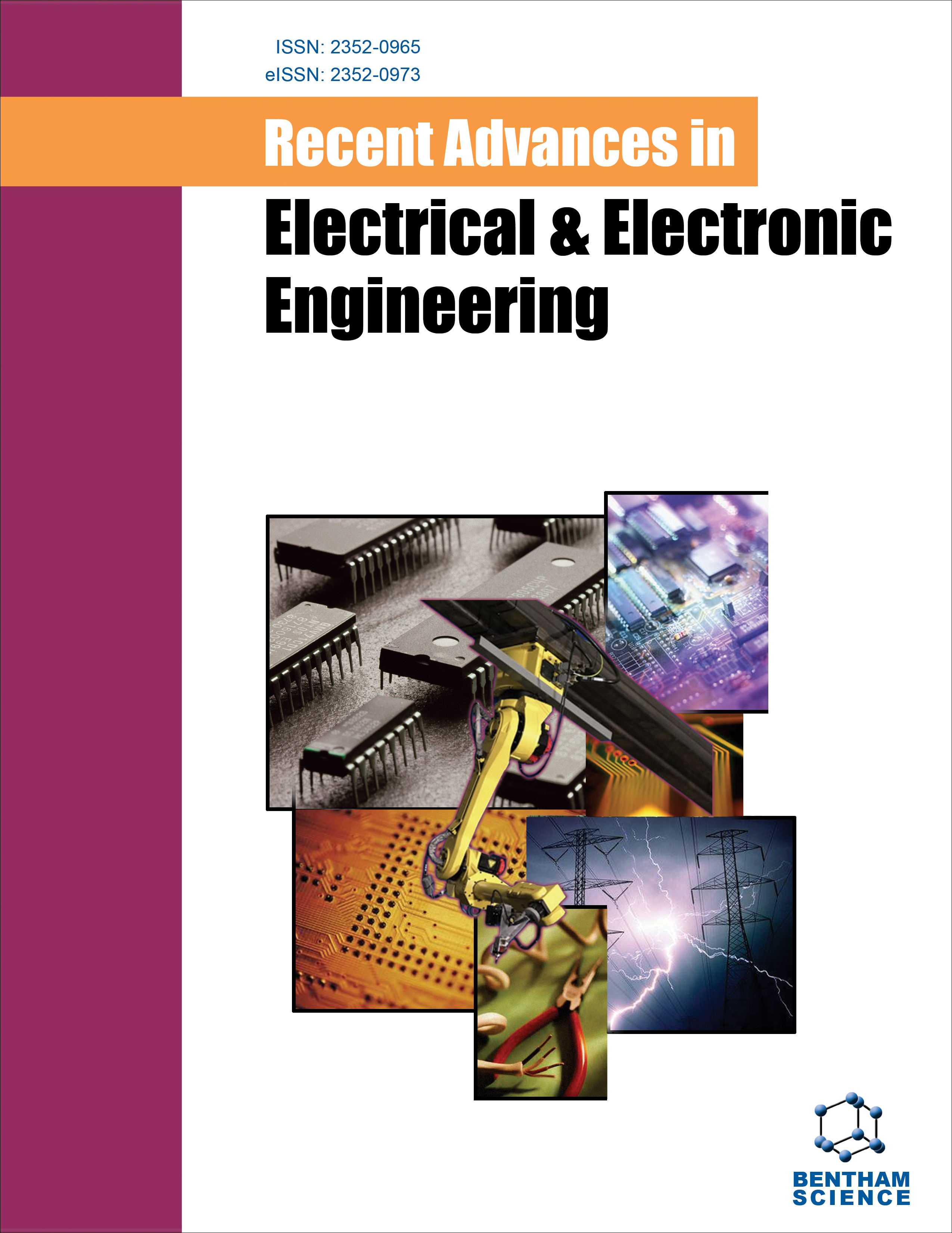- Home
- A-Z Publications
- Recent Advances in Electrical & Electronic Engineering
- Previous Issues
- Volume 16, Issue 8, 2023
Recent Advances in Electrical & Electronic Engineering - Volume 16, Issue 8, 2023
Volume 16, Issue 8, 2023
-
-
Screening Retinal Images and Extraction of the Retinal Blood Vessel for Identifying Diseases and Classification of Arteries and Veins by Using Deep Learning
More LessAuthors: K. S. Kumar, Shekhar Yadav and Nagendra Pratap SinghIn recent years, the extraction of retinal blood vessels from low contrast retinal images has become a challenging task for diagnosing retinal diseases such as Diabetic Retinopathy, Agerelated Macular Degeneration (AMD), Retinopathy of Prematurity (ROP), cataract, and glaucoma. Another challenge is screening the retinal image to identify the disease early on. However, data analysis from a large population-based Read More
-
-
-
Auditing of Outsourced Data Integrity - A Taxonomy
More LessAuthors: Akhilesh K. Srivastava and Manoj KumarIntroduction: Cloud has gained a huge number of consumers in today's environment due to its broad range of services. On the cloud server, data owners can store any type of data, and users can access it whenever they need it. Methods: Numerous challenges come with the ease of use of outsourced data. The accuracy and secrecy of data outsourced come at stake. Users have a low level of trust in cloud service providers Read More
-
-
-
Improving Intelligence Metrics using Frequency Domain Convolutions for Improving Bug Prediction
More LessAuthors: Anurag Mishra and Ashish SharmaBackground: The novelty of the work lies in the formulation of these frequency-based generators, which reflects the lowest level of information loss in the intermediate calculations. The core idea behind the approach presented in this work is that a module with complex logic involved may have more probability of bugs. Software defect prediction is the area of research that enables the development and operations team to have Read More
-
-
-
Matrix Inverse-based Highly Payload Novel Approach for Covert Transmission
More LessAuthors: Ravi Saini, Kamaldeep Joshi, Rainu Nandal, Rajkumar Yadav and Deepika KumariBackground: The necessity for data security is demanding in the digital age. The main technique for achieving data security is Steganography. The technique of camouflaging the secret object behind another cover object is known as Steganography. A novel, robust, high payload, and imperceptible image steganography approach using matrix inverse in the spatial domain are proposed in this manuscript. The basic ide Read More
-
-
-
Interpolated Implicit Pixel-based Novel Hybrid Approach Towards Image Steganography
More LessAuthors: Ravi Saini, Kamaldeep Joshi, Khusboo Punyani, Rajkumar Yadav, Rainu Nandal and Deepika KumariBackground: Steganography is the approach of camouflaging the covert object within another cover object. This manuscript suggested a novel steganography approach to conceal the covert data presence. The basic idea behind this is to generate an information-hiding approach that increases the payload capacity and good PSNR value without sacrificing much distortion of the image. Objective: To develop a novel dat Read More
-
-
-
TCN Multi-time-scale Transformation and Temporal-Attention Neural Network for Monthly Electricity Consumption Forecasting
More LessAuthors: Hao Hu, Wen Jie Li, Yan Shi, Chao Zhou and DeHua GuoBackground: For the efficient and secure running of the power industry, accurate monthly electricity projections are crucial. Due to coupling variations and a variety of data resolutions, current approaches are still unable to accurately extract multidimensional time-series data. Objective: For monthly electricity consumption forecasting, a multi-time-scale transformation and temporal attention neural network for a tempora Read More
-
-
-
A Comparative Study of the Performances of the LQR Regulator versus the PI Regulator for the Control of a Battery Storage System
More LessAuthors: Achraf Nouri, Aymen Lachheb and Lilia El AmraouiBackground: This paper is consecrated to the development of a new approach to control a bidirectional DC-DC converter dedicated to battery storage systems by applying an optimal control based on a linear quadratic regulator (LQR) combined with an artificial neural network (ANN) algorithm. A state representation of the Buck-boost converter is performed. Then the ANN-LQR control strategy is compared to a classic Read More
-
Most Read This Month
Article
content/journals/raeeng
Journal
10
5
false
en


